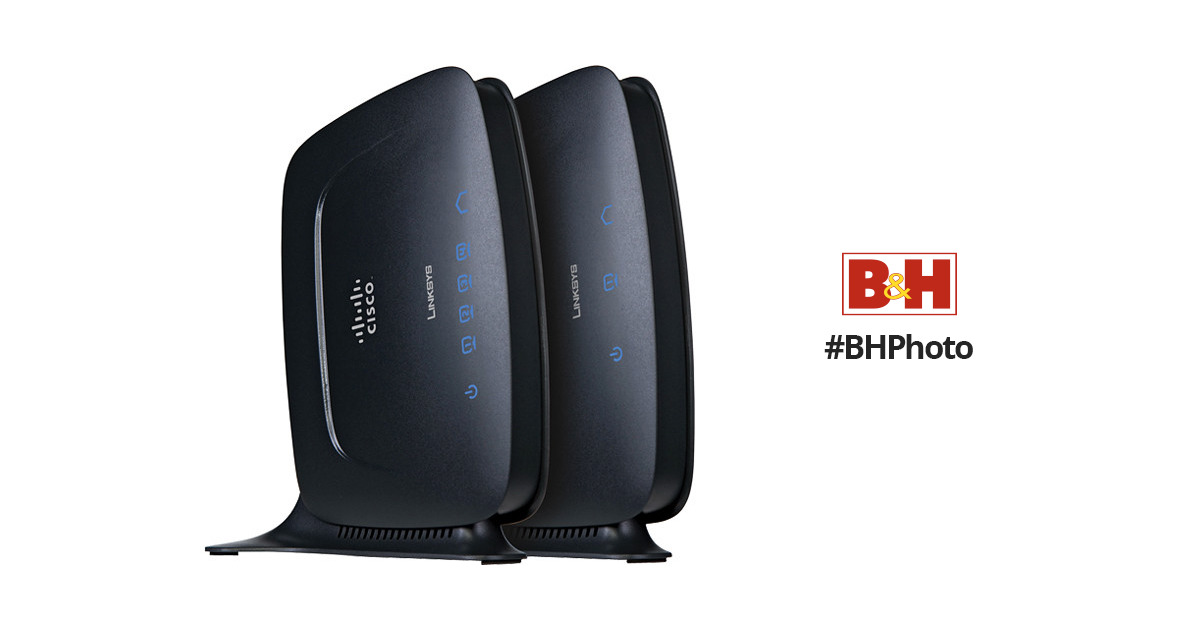

Even if you had Ethernet wiring put in several years ago, it might not be up to snuff (with Cat 5E or Cat 6) to handle GigE. It can cost hundreds to thousands of dollars to pull wiring to multiple rooms unless you've got easy access to drops or inside walls. Of course, if your home or office isn't wired for Ethernet, you suddenly have an expensive problem. And Ethernet can deliver raw TCP throughput of over 950Mbps bidirectionally to every distinct pair of devices attached to a switch. Unmanaged (dumb) switches are cheap, and built into mid-level and above WiFi and other home and office gateway boxes. Gigabit Ethernet (1Gbps) works over long runs in homes and offices. The fourth, of course, is Ethernet.Įthernet remains the gold standard. HomePNA (once just phone wiring), MoCA (multimedia over coaxial cable), and powerline (electrical) networking were in contention as supplements or backbones for a home. There used to be four alternatives to WiFi, which have gradually faded and specialized as wireless issues were solved. Now, we're down to Ethernet and one other, as we describe next.
#LINKSYS POWERLINE NETWORK KIT PLTK300 BRIDGE PLUS#
Once, there were three such wired alternatives, plus Ethernet. Wired home networking alternatives can consistently perform from 25 to 95 percent of raw data rates of 85Mbps up to 1Gbps, depending on the technology and other factors, even with multiple simultaneous users. With more ordinary modern 802.11n equipment, or even extraordinary gear in 2.4GHz (with 20MHz channels), 30 to 50 Mbps may be more typical not too far from the access point. But in practice, with other devices on a network, and not all of them very close to a base station, true throughput still tends to stabilize below 100Mbps. The fastest WiFi gear on the market, so-called 3x3x3 (three receiving and three transmitting antennas coupled with three radio chains) may be able to deliver 450Mbps of raw throughput in the 5GHz band using wide (40MHz) channels. When you start to layer floors, walls, and obstructions between a user (in a home or office) and the closest access point, you bypass the utility of easy and fast connections. But in most cases WiFi works best in environments in which it's an obvious solution. I've been extolling the virtues of WiFi as a way to avoid tedious wiring and pointless tethering since 2001. Buildings with brick or stucco-over-chicken-wire walls resist the charms of wireless networks, as do houses with thick wooden beams, cement elements, or with rooms spread out over many levels or floors.ĭon't get me wrong. Despite the improved range of 802.11n coupled with improved throughput at greater distances‚ WiFi doesn't work magic.


If you live an old home or building, you already know the limits of WiFi. Ethernet cable photograph by pfly reader comments 113 with


 0 kommentar(er)
0 kommentar(er)
